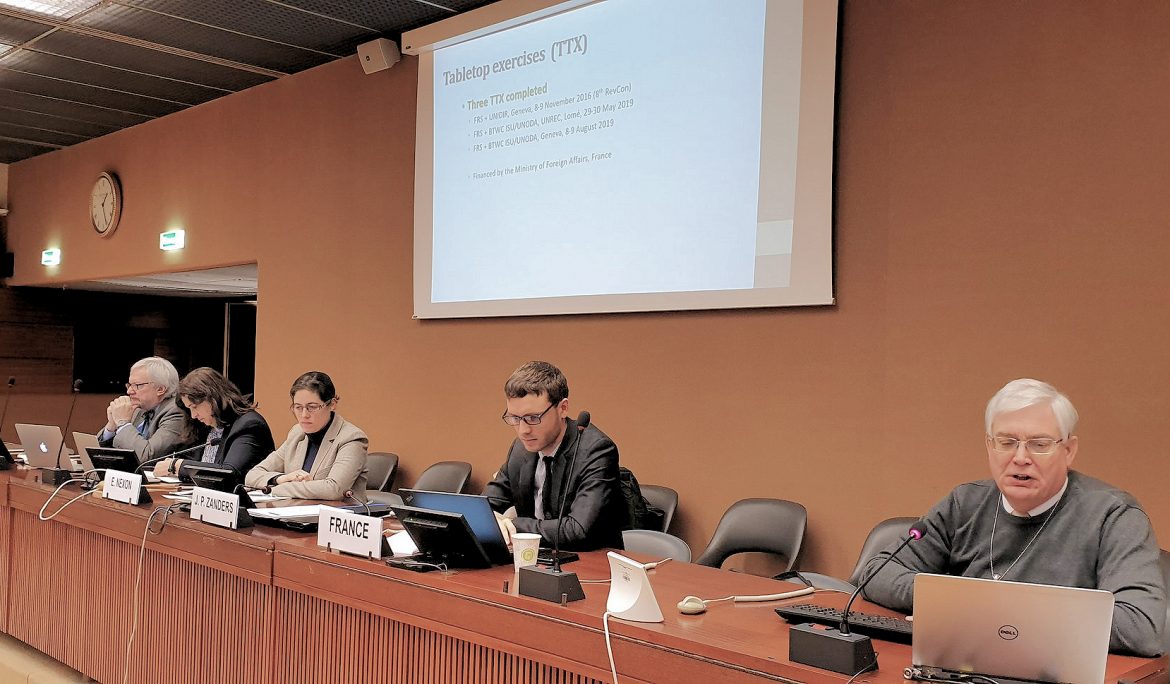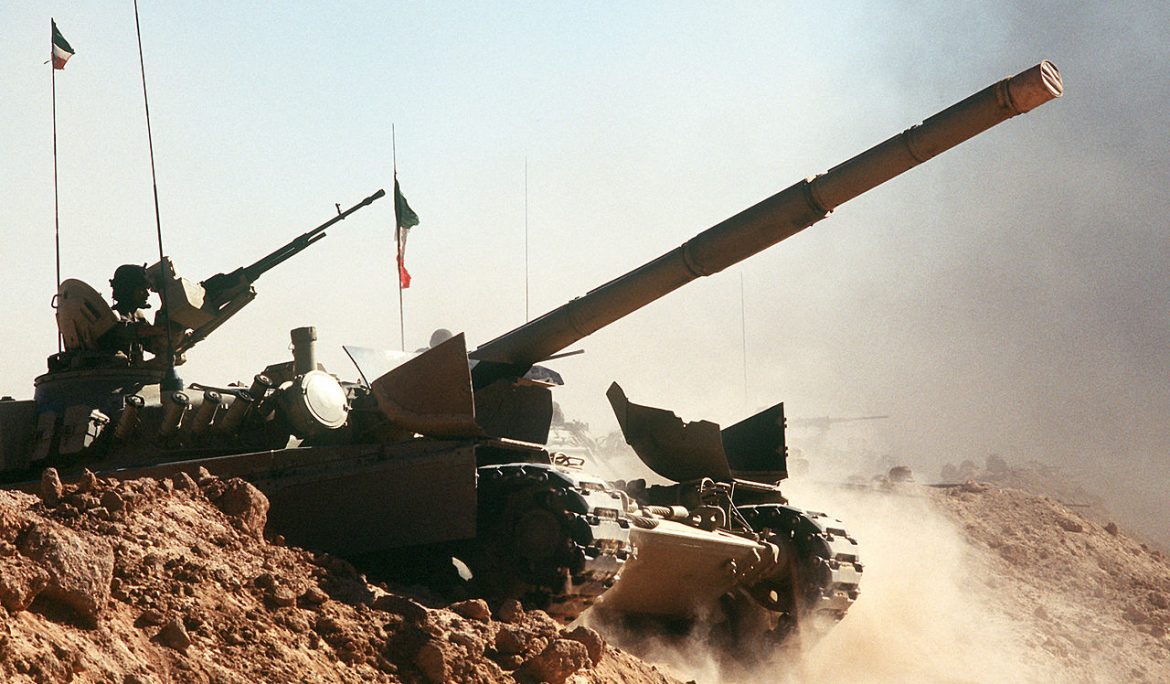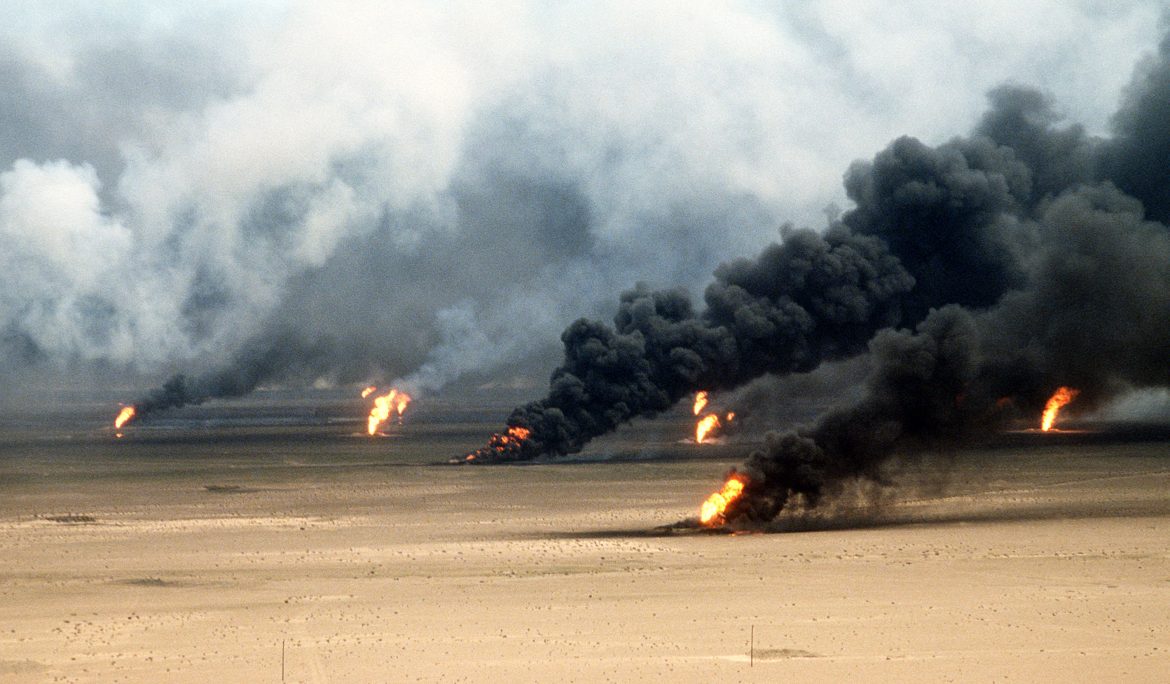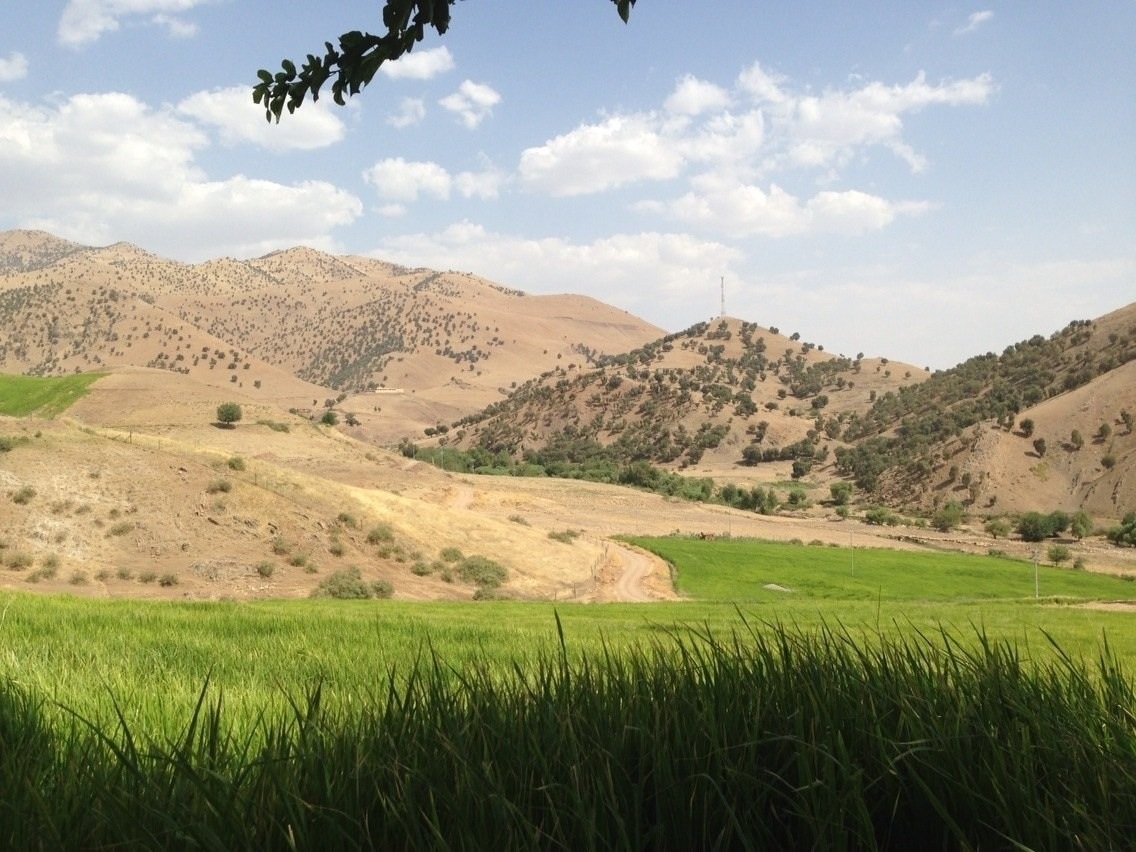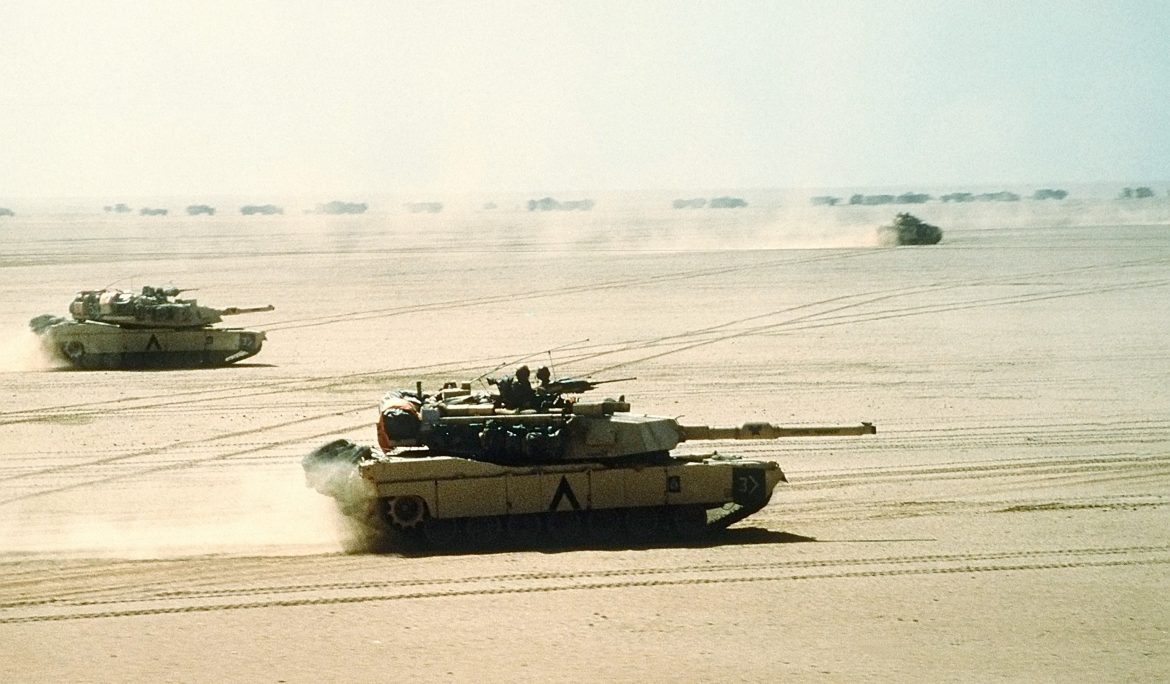An anthrax attack against cattle: Would international emergency assistance be forthcoming?
Last Friday the Fondation pour la recherche stratégique (Paris) presented its new report on Article VII of the Biological and Toxin Weapons Convention (BTWC) during a side event of the Meeting of States Parties (3–6 December). The publication summarises the third tabletop exercise (TTX) to better understand how a party may request international assistance under Article VII if it has been exposed to a danger resulting from a treaty violation. Such a danger may include the use or threat of use of biological weapons (BW) by another state party. The first (Geneva, November 2016) and second (Lomé, May 2019) TTXs achieved better understanding of …
Synthetic biology & biosecurity: How scared should we be?
The link between synthetic biology and heightened biosecurity threats is often exaggerated. In a report published today (22nd May), King’s College London researchers say that in order to produce more refined assessments of the biosecurity threat, we need to understand more clearly what would be achieved by synthetic biology’s goal to ‘make biology easier to engineer’. Synthetic Biology and Biosecurity: How scared should we be? summarises and analyses the discussions from a workshop organised by Dr Catherine Jefferson, Dr Filippa Lentzos and Dr Claire Marris, at King’s in February 2014. Synthetic biology’s aim to make biology easier to engineer has raised concerns …
Allegations of Iranian Use of Chemical Weapons in the 1980–88 Gulf War – Introduction
Allegations that Iran is a chemical weapon (CW) proliferator originated in part with claims that it had used CW during the 1980–88 Iran–Iraq war. Iraq was the principal user of CW during the war. According to Iranian accounts, the first chemical attacks began in January 1981, but independent reports were not published until one and a half years later. Iraqi chemical attacks definitely escalated during the second half of 1983, which eventually led to the first of several investigatory missions organised by UN Secretary-General Javier Pérez de Cuellar in March 1984. Despite the overwhelming evidence of chemical warfare, confirmed by …
Allegations of Iranian Use of Chemical Weapons in the 1980–88 Gulf War – Iran’s defensive preparations
In the 1980–88 Gulf War Iraq repeatedly attacked Iran with chemical weapons (CW). At the beginning of the war both countries were contracting parties to the Geneva Protocol. According to Iranian statements, the first Iraqi CW attack occurred in January 1981.[1] One of the first independent news reports appeared in August 1982.[2] Iraq gradually integrated CW into its defensive and offensive military operations. Initially Iran appears to have been totally unprepared for military operations in a chemical environment. Throughout the war Iranian troops remained poorly protected and, in the light of the missile war against cities, the country would have …
Allegations of Iranian Use of Chemical Weapons in the 1980–88 Gulf War – Iran’s offensive preparations
Two factors definitely contributed to the change in Iran’s views on chemical warfare: the systematic Iraqi attacks with CW from 1983 onwards and the lack of response from the international community for the Iraqi violations of international law. Iran’s chemical weapons (CW) armament programme started late into the war. Such a programme is complex and involves many phases, including research and development, setting up a production base, weaponisation, offensive and defensive doctrine development, establishment of logistics and operational support, training, and protection and defence. Consequently, Iran cannot be expected to have developed an advanced chemical warfare capability before the cease-fire …
Allegations of Iranian Use of Chemical Weapons in the 1980–88 Gulf War – Halabja
In the period of 16–18 March 1988 Halabja and its surroundings were attacked with chemical weapons (CW). According to Iranian figures, there were 12,500 casualties, including more than 5,500 fatalities.[1] A Kurdish researcher later concluded that at least 3200 residents are known to have died.[2] It is impossible to reconstruct exactly the events in and around Halabja. Nevertheless, it is widely accepted that the Iraqi military forces were solely responsible for the attack against a civilian target. Yet, shortly after the events sources in the United States began to hint that Iranian troops might have actually killed the majority of …
Allegations of Iranian Use of Chemical Weapons in the 1980–88 Gulf War – Conclusion
Was Iran responsible for the CW atrocity in Halabja? The question therefore arises whether the United States may have been politically motivated to place the main responsibility for Halabja with Iran. The allegation came as Washington was visibly tilting towards Iraq. Soon after the US State Department blamed Iran for the events, US officials were quoted as saying that the finding undermined the propaganda advantage Iran was seeking by publicising the attacks.[1] From this angle, the US assertion might be viewed as an attempt to undermine the moral high ground regarding chemical warfare Iran desperately tried to maintain during the …
Below the headlines: CBW matters (2)
(A weekly digest from the internet on chemical and biological warfare issues. Emphasis is on incidents and perspectives, but inclusion of an item does not equal endorsement or agreement with the contents. This issue covers items collected between 20 – 26 February 2017.) Assassination of Kim Jong-Nam Video of Poisoning of Kim Jong-Nam Calls Suspect’s Story into Question (David Bixenspan, 21 February 2017): The suspect in the chemical attack-murder of Kim Jong-Nam is claiming she was told she was shooting a TV prank show and had no idea she wasn’t spraying him with water. The newly released video of the attacked …
Below the headlines: CBW matters (1)
(A weekly digest from the internet on chemical and biological warfare issues. Emphasis is on incidents and perspectives, but inclusion of an item does not equal endorsement or agreement with the contents. This first issue covers items collected between 1–20 February 2017.) BTWC Implementation BWC Newsletter (February 2017): The BTWC Implementation Support Unit published the first issue of its periodic newsletter. BW Threats Bioterrorism poses catastrophic threat to U.S. agriculture (Homeland Security Newswire, 30 January 2017): Members of the Blue Ribbon Study Panel on Biodefense consider the threat of terrorism with BW against the US agricultural sector as a major …
Below the headlines: CBW matters (6)
(A weekly digest from the internet on chemical and biological warfare issues. Emphasis is on incidents and perspectives, but inclusion of an item does not equal endorsement or agreement with the contents. This issue covers items collected between 20 – 26 March 2017.) CBW disarmament Poroshenko replaces Ukrainian ambassador to the Netherlands (Interfax, 18 March 2017): Ukrainian President Petro Poroshenko has dismissed Oleksandr Horin from the post of Ukrainian Ambassador to the Netherlands and the post of permanent representative of Ukraine in the Organisation for the Prohibition of Chemical Weapons. King to attend OPCW’s 20th anniversary commemoration in The Hague …

